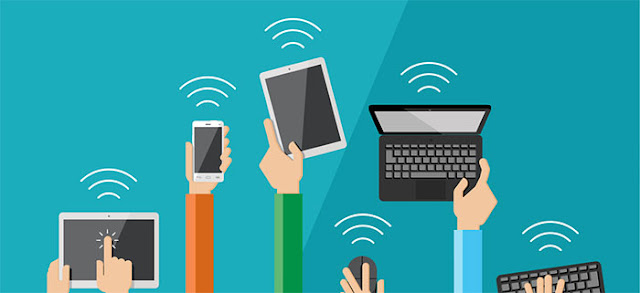Module #5: Collaboration and Communication Tools

(Source: Google Images) Collaboration tools is very important as it helps other people to collaborate. It is also important to support a group or two or more individuals to accomplish a common goals or objective. Meanwhile, Communication tools refers to three forms of electronic communication in distance education courses which consists e-mail, discussion groups, and chat rooms. For the purposes of the lesson, collaboration and communication tools are the online tools that allow teachers and students to work together for the teaching and learning process. There is some example of collaboration tools that given in this module such as Blendspace, and for the communication tools is Blogspot and Skype. (Source: Google Images) Blendspace is an online tool through the education curriculum company TES.com. The goal of Blendspace is to enable teachers to “blend” multimedia seamlessly into the classroom in an efficient and effective ...




